Ten people who mattered in science in 2018. Picks include a rogue gene-editor, a wunderkind physicist and a DNA detective who helped catch a serial killer.



I am overjoyed to be co-hosting the second “Undoing Aging” conference together with Michael Greve just one year after the first, thanks to the generosity and hard work of Michael’s Forever Healthy Foundation and their team.
It is now entirely appropriate to be holding conferences on rejuvenation biotechnology every year, given how rapidly the field and the industry have grown relative to a decade ago, when my conferences in Cambridge were biannual. As you will see below, we are again assembling a huge variety of world-leading speakers whose research spans all aspects of rejuvenation biotechnology.
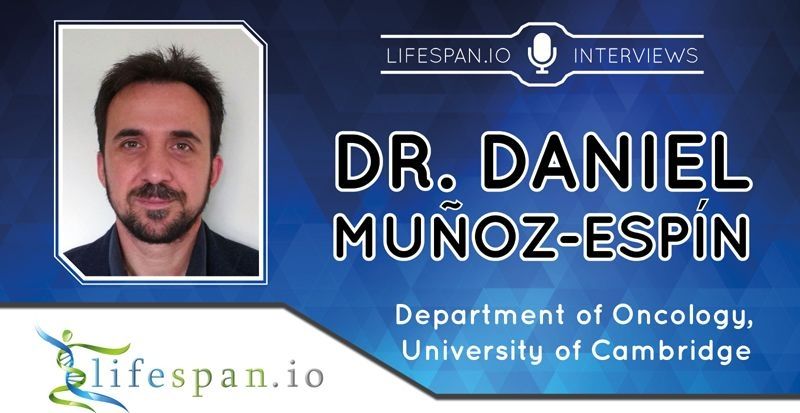
During the Fourth Eurosymposium on Healthy Ageing (EHA), which was held in Brussels, Belgium last November, we had the opportunity to meet Dr. Daniel Muñoz-Espín from the Oncology Department of the University of Cambridge.
Dr. Muñoz-Espín received his PhD from the Autonomous University of Madrid, Spain, within the viral DNA replication group at the Centre of Molecular Biology Severo Ochoa, where he worked under the supervision of one of the most famous Spanish scientists, Dr. Margarita Salas. Dr. Muñoz-Espín’s postdoctoral research resulted in several published papers and a 2013 patent focused on DNA replication; he then joined the Centro Nacional de Investigaciones Oncológicas, or CNIO, the Spanish National Centre for Cancer Research, specifically the team of Dr. Manuel Serrano, co-author of The Hallmarks of Aging. The research that Dr. Muñoz-Espín conducted during this time demonstrated how cellular senescence doesn’t play a role just in aging and cancer but also in normal embryonic development, where it contributes to the shaping of our bodies—a process that was termed “developmentally-programmed senescence”, whose concept was very favorably received by the scientific community.
Currently, Dr. Muñoz-Espín serves as Principal Investigator of the Cancer Early Detection Programme at the Department of Oncology of Cambridge University; with his current team, Dr. Muñoz-Espín developed a novel method to target senescent cells, which was reported in EMBO Molecular Medicine. This topic was the subject of Dr. Muñoz-Espín’s talk at EHA2018 and one of the many fascinating others that he discussed in this interview.

An extraordinarily promising new technique using ultrasound to clear the toxic protein clumps thought to cause dementia and Alzheimer’s disease is moving to the first phase of human trials next year. The innovative treatment has proven successful across several animal tests and presents an exciting, drug-free way to potentially battle dementia.
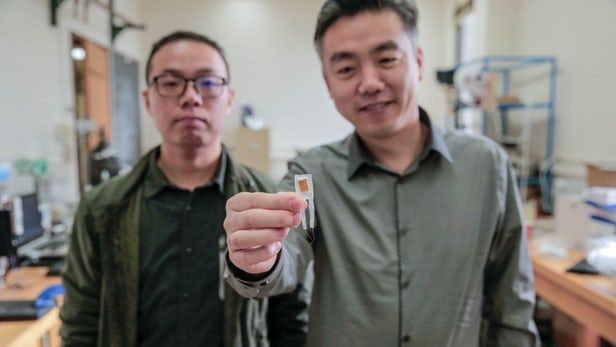

Earlier posts in Lifeboat followed this research… From what I understand, Italy decided to no longer host the surgery because of opposition by ethics committees, not his research or methods.
Disabled Valery Spiridonov, 33, was ready to have his neck severed by Professor Sergio Canavero — dubbed ‘Dr Frankenstein’ — and his head reattached to a new, healthy body.
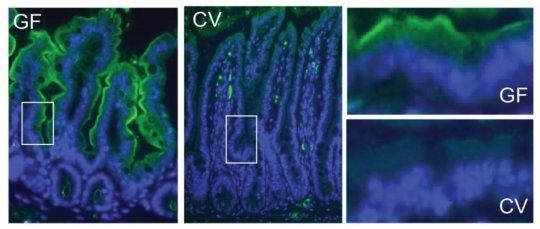
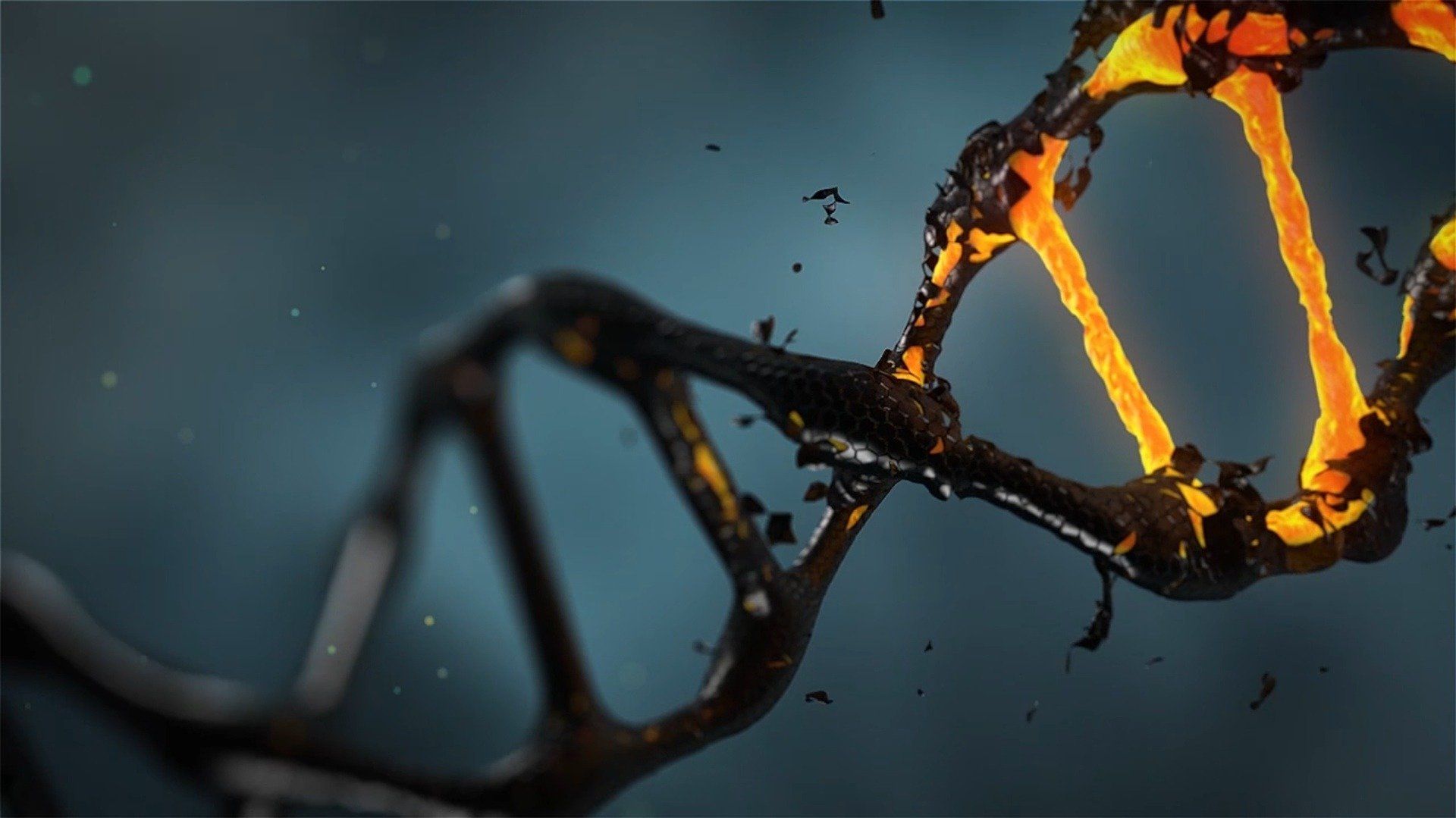
A team of scientists has developed a method that yields, for the first time, visualization of a gene amplifications and deletions known as copy number variants in single cells.
Significantly, the breakthrough, reported in the journal PLoS Biology, allows early detection of rare genetic events providing high resolution analysis of the tempo of evolution. The method may provide a new way of studying mutations in pathogens and human cancers.
“Evolution and disease are driven by mutational events in DNA,” explains David Gresham, an associate professor in New York University’s Department of Biology and the study’s senior author. “However, in populations of cells these events currently cannot be identified until many cells contain the same mutation. Our method detects these rare events right after they have happened, allowing us to follow their trajectory as the population evolves.”
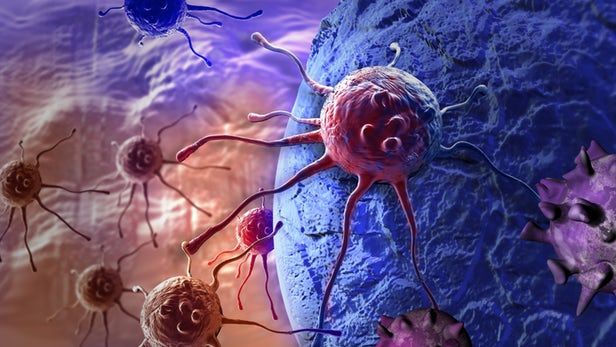
Cervical cancer is the fourth most common cancer for women yet the leading cause of cancer-related death in developing countries, an unfortunate statistic that highlights the importance of access to screening. Through a comprehensive trial involving thousands of subjects, a newly designed test has been found to greatly outperform current screening methods in terms of both cost and accuracy, while also shedding new light on the mechanics at play.
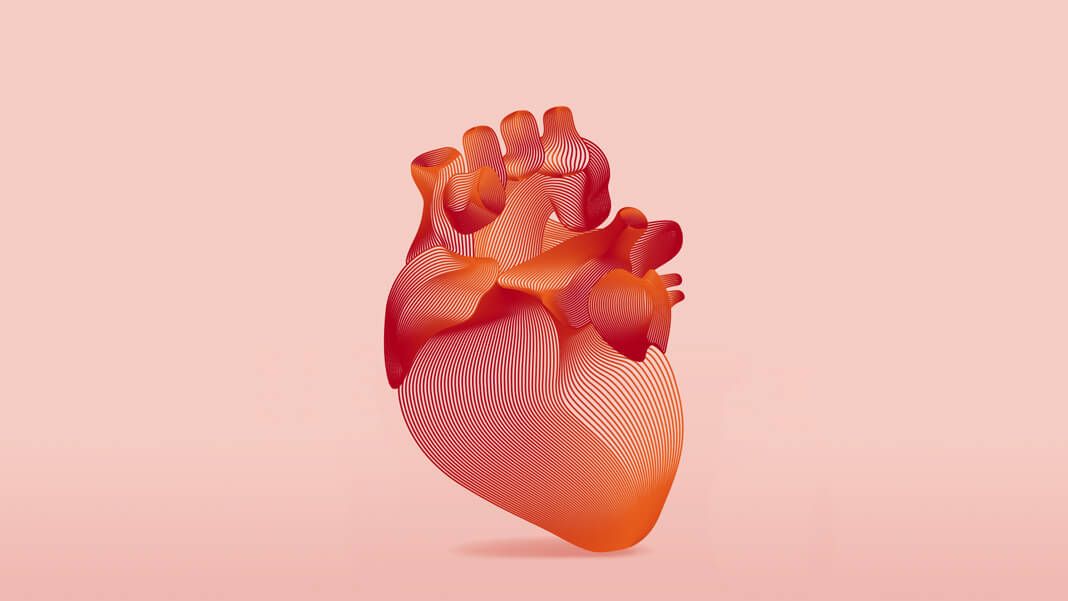
“It shows that we can successfully prevent rejection,” said Mohuiddin.
One single previous attempt at replacing the function of a baboon heart with that of a pig ended after only 57 days, after which the heart failed and the recipient died.
The new work, led by Dr. Bruno Reichart and others at LMU Munich, aimed to push that limit.